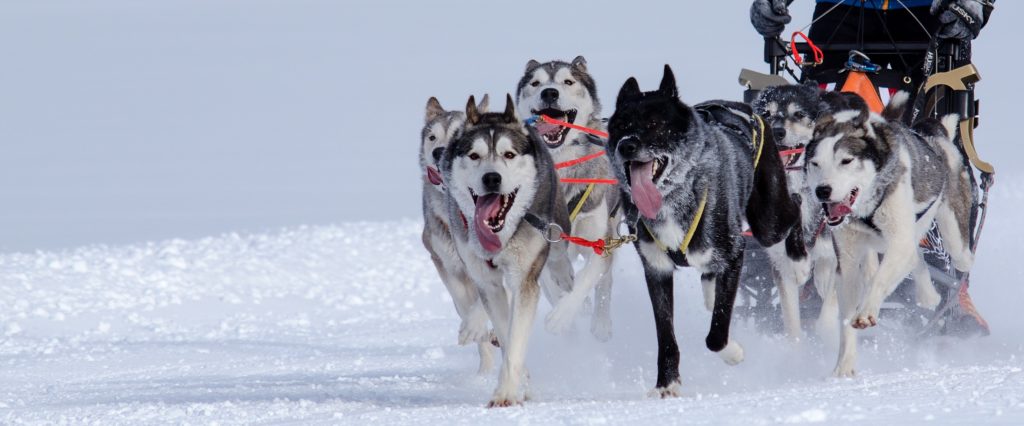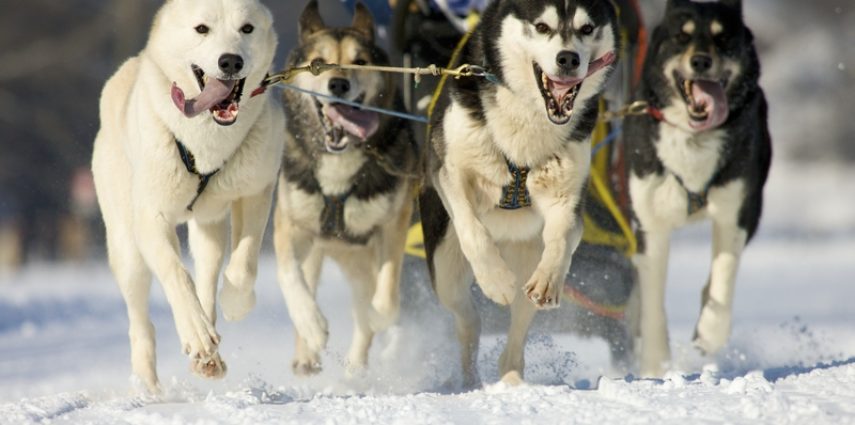The R.A.C.E. Method for Leaders to Execute with Excellence
After mushing with huskies in Alaska as part of the Iditarod race experience, I developed The R.A.C.E. Method™ to help leaders cross the finish line consistently and achieve remarkable results.
If you’re about to take a leadership position, currently lead a team, or you simply aspire to lead the pack one day, take these skills with you every step of the way.
The reality is this: To reach your destination, you have to prepare for the trail!
RACE-ready leaders rise to the top because they’ve put thought and strategy into their team-leading. That’s why this proven process based on Iditarod success can empower you to achieve exponential results.
Ready: Prepare Before You Set Out
The R stands for Ready.
Before any veteran musher takes to the trail, he or she has to prepare—or risk certain death on the trail. A pre-race groundwork of strategy, expectation, and research will make or break success across 1,000 miles of wilderness.
Too many leaders tend to value action over planning, and businesses often unofficially adopt the motto, “Fire, Ready, Aim.”
But to produce—or compete—at the highest level, you have to first be Ready.
No one can cover every contingency, but a Ready leader prepares for the mission ahead by asking pointed questions like:
- What’s our vision?
- How will we run the race?
- How far will we go before we rest?
- What does my team look like? What should it look like?
RACE-ready leaders figure out where their teams excel. Are they sprinters or long-distance runners? Do we have the right balance of talent and endurance?
Ready leaders have done the research on competition. What advancements do others have that we need to learn? How do the top teams prepare?
The Ready leader knows these things—not to be arrogant—but because he or she knows that only by understanding the trail, the mission, the team, and the sled will they be ready for the obstacles ahead. If the leader isn’t prepared, then no one truly is.
And this just scratches the surface of all that goes into being RACE-ready, so keep asking questions. Keep planning. Keep making your team the best it can be.
Action: Keep It Simple
The A stands for Action. The best race strategy, if left in the lodge and not implemented, is always trumped by a marginal strategy implemented to the fullest.
Remember that your behavior determines your team’s success. When the leader understands the timing, then the team understands the execution, and they can be coached to the highest level of performance.
Make sure everyone on the team knows their roles, responsibilities, and actionables, then keep it simple. To execute successfully, you will need both Action and simplicity.
Without Action, you’ve got a nice idea and nothing else. Without simplicity, you’ll never move out of the kennel because no one will understand what to do.
Racing dogs are happiest when they have a clear job to do. They need a job. Don’t try to pull the sled by yourself and let the rest follow along.

Checkpoint: Break It Down
The C stands for Checkpoint.
If you never stop to assess your progress, you can’t be sure you are on course. There are 26 checkpoints in the Iditarod race. All serve a purpose—and mushers are thankful for each one. There’s no way they could wrap their minds around a journey of 1,100 miles all at once.
It helps to break the race down into segment runs. That’s something even the dogs know is achievable. Each segment’s terrain is different. Each piece of the journey stands on its own.
Both in the Iditarod race and in leadership, checkpoints become critical. They help you assess where you are, determine if it’s where you should be, and provide opportunities to make micro-adjustments before you get too far off track. Checkpoints can be:
- A deadline
- A group meeting
- A scheduled assessment of goals
- A 1-on-1 check-in with a mentor or team member
- Even a planned moment to rest
At all your Checkpoints, take the time to evaluate your experience over that terrain. If things went well, amazing! Be sure to celebrate.
If things didn’t go so well, record the lessons learned so that you can run the race better next time.
Evolve: Never Stand Still
Finally, the E stands for Evolve. If you fail to evolve, if you fail to change, if you fail to adapt, you will die. It happens in nature, in careers, and out on the trail.
Evolving is a matter of continuous improvement where you make field adjustments to people and processes so you stay on track and always get better.
- List everything you could have done better. What is in your power to improve? How can you make the corrections now and apply them to the process before the next race?
- List everything that worked well. How can you systemize these steps to make them repeatable and your next project more efficient?\
- What lessons can you learn from the execution of your plan and how can you implement them going forward?
The freeing part is that Evolving leaders are never stuck doing the same old things, repeating the same “average” results.
If you’re not satisfied with the way your team is running; if your goals feel overwhelming—or not “whelming” enough—you can change that!
Just look at the information you learned at the Checkpoints and your evaluated

Are You Ready to R.A.C.E.?
No one becomes RACE-ready overnight. But just like in sledding, a team-leading victory isn’t all about speed. You need preparation and endurance.
So before your next adventure, remember the wisdom from Alaska’s mushers:
- Get Ready for the trail by asking questions.
- Take Action—but keep it simple.
- Remember to Check your progress regularly.
- And always be down to Evolve the plan.
It’s an exciting process, one that just might change your team in ways you never expected
In fact, if you’d like to learn more about The R.A.C.E. Method™, how to apply it in your organization, or engage other leadership and training resources, just send me a message using the form below and we’ll start a conversation.




